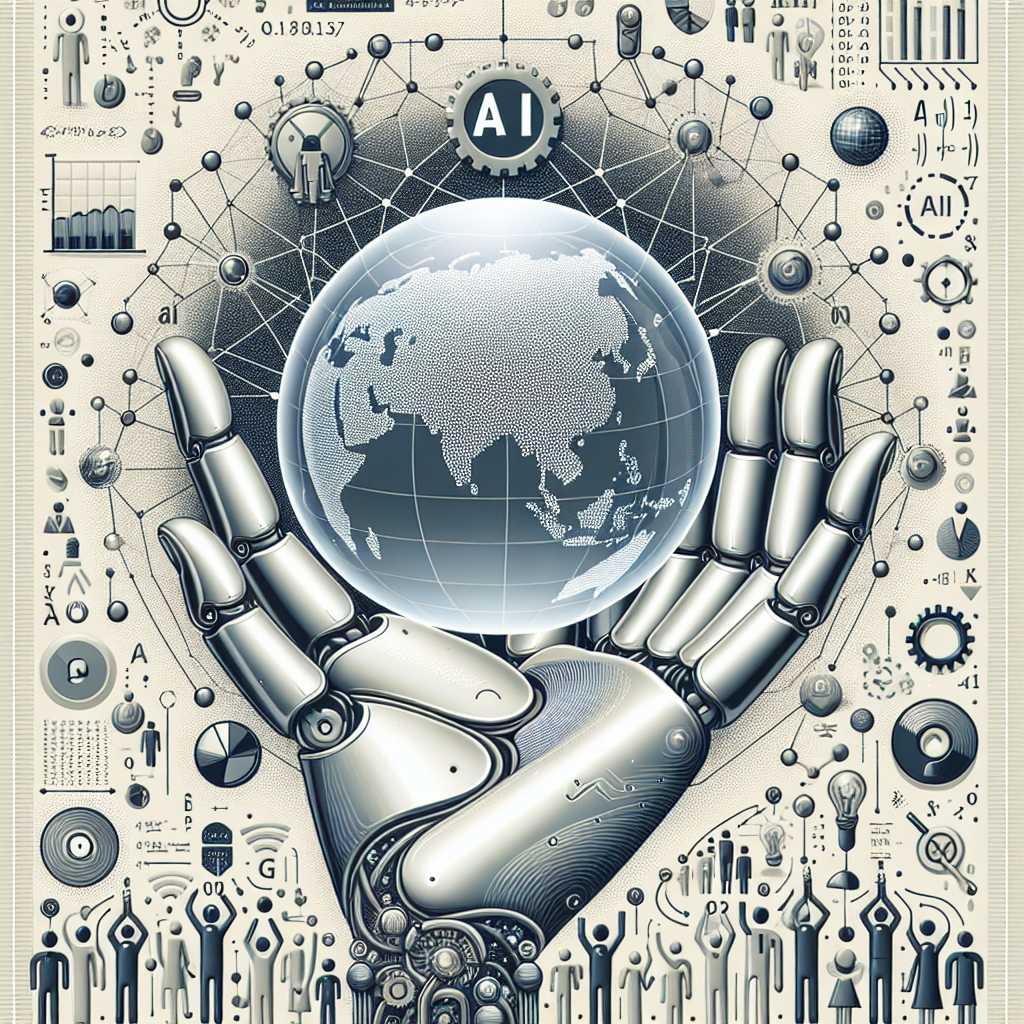As artificial intelligence (AI) increasingly infiltrates various industries—from healthcare and finance to law enforcement and education—the discourse on bias in AI has become more crucial. To understand AI’s societal impact, it’s essential to explore the intricacies of bias: its origins, effects, and methods to address it.
What Is Bias in AI?
Bias in AI emerges when algorithms yield results that are skewed due to inaccurate data or reasoning. This can take many forms, including discrimination against specific demographic groups and unintentional reinforcement of stereotypes. AI systems learn from historical data; if such data contains biases—whether explicit or implicit—their outputs will echo these biases.
Types of Bias
-
Data Bias: This type of bias occurs when the training data used to educate the AI is unrepresentative of the entire population. For example, an AI system designed for facial recognition may struggle to accurately identify individuals with darker skin tones if it is predominantly trained on images of lighter-skinned individuals.
-
Algorithmic Bias: This arises from the algorithms and models that underpin AI systems. Certain algorithms might favor specific data types or outcomes based on their inherent design.
- Human Bias: Bias can also originate from the developers and data scientists who create AI technologies. Their personal biases or lack of diverse perspectives can inadvertently affect algorithm design and data selection.
Consequences of Bias in AI
The ramifications of biased AI can be extensive and harmful. In healthcare, biased algorithms may result in unequal treatment access based on race or socioeconomic status. In law enforcement, predictive policing tools may disproportionately target minority communities, perpetuating cycles of arrest and incarceration. In hiring practices, algorithms can unjustly disadvantage candidates from various backgrounds, limiting opportunities for underrepresented groups.
Case Studies
-
Facial Recognition Technology: Numerous studies have demonstrated that facial recognition software is less accurate for women and individuals with darker skin tones. For instance, research by MIT Media Lab revealed an error rate of 34.7% for dark-skinned women compared to only 0.8% for light-skinned men.
- Hiring Algorithms: Amazon abandoned an AI recruiting tool due to its bias against women. The system was intended to evaluate resumes but ended up favoring male candidates due to historical hiring patterns.
Solutions and Mitigation Strategies
Tackling bias in AI necessitates an interdisciplinary approach involving data scientists, ethicists, and social scientists. Here are several strategies to mitigate bias:
-
Diverse Datasets: Ensuring that training datasets are varied and representative of the population can help alleviate data bias. Regular audits of datasets for potential biases are crucial.
-
Fair Algorithm Design: Developers can use fairness-aware algorithms that deliberately consider potential biases during the training phase. Techniques such as adversarial debiasing can also reduce bias in outputs.
-
Transparent Processes: AI systems should be constructed with transparency in mind. Offering stakeholders insights into how algorithms make decisions can foster accountability and trust.
-
Diversity in Teams: Encouraging diversity within AI development teams can lead to more inclusive designs and greater awareness of potential biases. Varied perspectives can help uncover blind spots and promote ethical considerations.
- Regulatory Frameworks: Governments and industries should establish policies and guidelines aimed at setting ethical standards for AI deployment and usage, prioritizing human rights.
The Path Forward
As we continue to weave AI into our daily lives, society must confront the ethical implications these technologies entail. The dialogue on bias in AI encompasses not just technical solutions but also broader discussions about fairness, equity, and justice.
By comprehensively understanding the complexities of bias and actively pursuing solutions, we can maximize AI’s potential while minimizing its risks. Societal progress relies on vigilance, collaboration, and a commitment to creating AI systems that embody our highest values—equity, accountability, and respect for all individuals.
Conclusion
In conclusion, bias in AI is a critical issue that requires immediate attention. By recognizing the sources and impacts of bias, society can strive to develop AI technologies that benefit everyone equitably. The journey ahead might be challenging, but it also presents opportunities for innovation and improvement—ensuring that the future of AI is advantageous for all.

